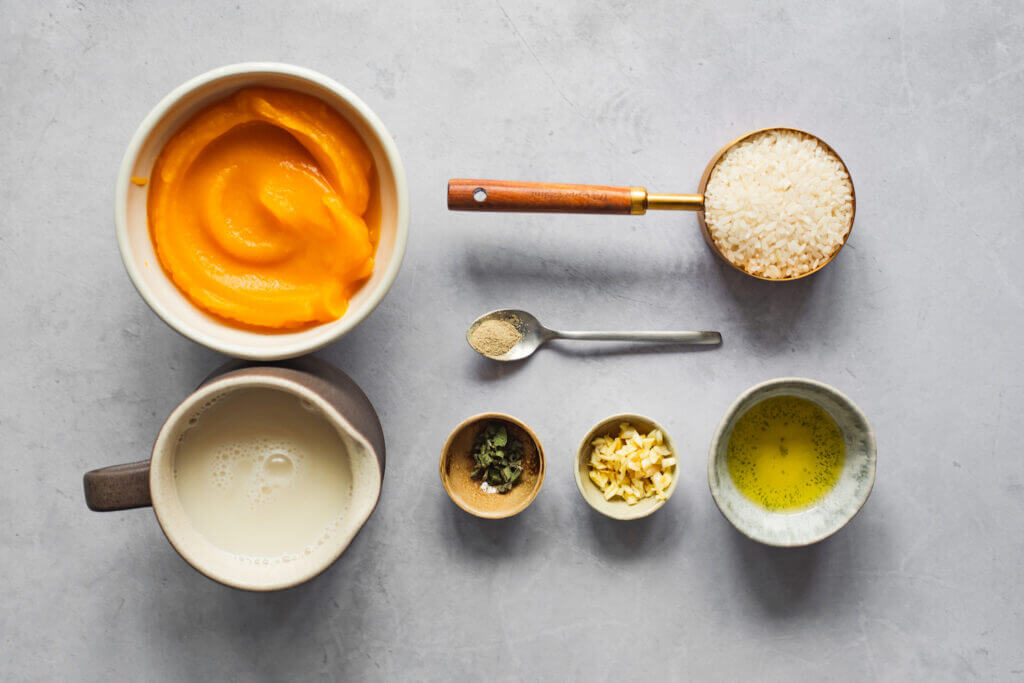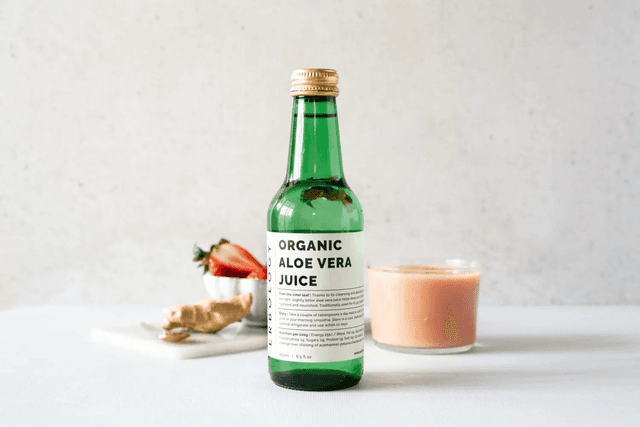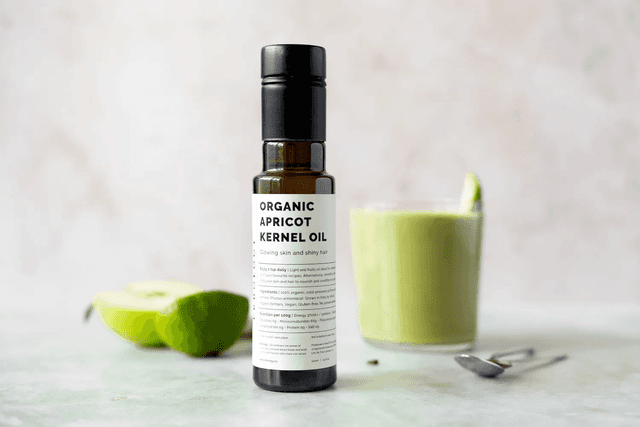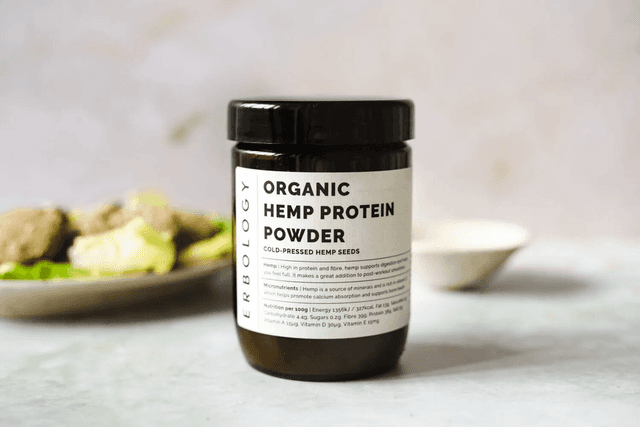14 Dec 2021
11 delicious low FODMAP vegan recipes
What is the low FODMAP diet?
A low FODMAP diet is one which avoids certain types of carbohydrates. These may aggravate unpleasant digestive health symptoms such as pain, bloating and the decreased quality of life which comes with them.(1)
FODMAP stands for ‘fermentable Oligo-, Di-, Mono-saccharides, And Polyols’. These are names for a wide range of non-digestible carbohydrates which are present in many different foods. Many fruits, vegetables and dairy products contain them, along with honey and some sweeteners.(1)
The theory behind the low FODMAP diet is that avoiding these foods can help reduce unwanted gastrointestinal symptoms. This is down to the way our bodies break this type of carbohydrate down.
We are unable to break down FODMAPs ourselves (which is why they are called ‘non-digestible’). However, the bacteria living in our digestive tract can. They do this by fermenting the FODMAPS, which produces gas and other byproducts which can lead to a build-up of fluid in the intestines.(2)
Some observational studies have found that a low FODMAP diet can help reduce gastrointestinal symptoms.
Who might benefit from a low FODMAP diet?
It is especially of interest to people who suffer from Irritable Bowel Syndrome (IBS).
IBS is a common health complaint which causes pain, discomfort and changed bowel patterns. It affects around 8% of the population across North America, Europe, Australia and New Zealand.(3)
It isn’t clear exactly what causes IBS. However, scientists have noticed that it’s more common in people under the age of 50. Interestingly, around 40-60% of people who report IBS symptoms also suffer from a psychological disorder such as depression or anxiety. Scientists attribute this to the communicative relationship between your gut and brain, known as the ‘gut-brain axis’.(3)
This has led to some scientists suggesting that stress is a factor in IBS. However, it’s likely that other factors are also involved. These include everything from inflammation to changes in your gut microbiome.(3)
However, it is very likely that the food you eat also affects your symptoms, if you have IBS. As such, some in the scientific community recommend the low FODMAP diet to help alleviate them.
Furthermore, a low FODMAP diet can be a useful tool for doctors to help diagnose the root cause of gastrointestinal symptoms.(1)

Does the low FODMAP diet work?
There is growing evidence which suggests that a low FODMAP diet does indeed help alleviate the symptoms of IBS.
For example, a meta-analysis of 22 studies (including randomised controlled studies, and less carefully monitored interventions) showed that the diet could improve the lives of IBS sufferers.
It found a significant improvement in symptoms such as abdominal pain, bloating and overall symptoms. Perhaps even more importantly, the participants were more likely to report an improved quality of life.(4)
It’s important to note that the authors of a recent scientific review of evidence for the low FODMAP diet identified some of the available studies as being ‘low quality’. They suggested that more research was needed before it could be conclusively considered an effective treatment for IBS, or for other digestive symptoms.(1)
What foods should you avoid?
One of the toughest parts of following a low FODMAP diet is identifying which foods contain FODMAPs. It’s not always obvious, and it can be tricky to find rules which will tell you broadly which foods to avoid.(2)
Let’s start with the first family: oligosaccharides. These are present in lots of vegetables such as asparagus, beetroot, broccoli, sprouts, garlic and onions. You can also find them in cereals such as what and rye, legumes like kidney beans and chickpeas, and certain fruits like watermelon.
Next, the disaccharides. Lactose is the key carbohydrate in this category, but not all dairy products are high FODMAP. Those that are include milk, yoghurt and soft cheese.
Monosaccharides are present in foods containing fructose. You should avoid apples, sugar snap peas, tinned fruit, dried fruit, honey and corn syrup.
Finally, the polyols. These are found in apricots, avocados, peaches, pears, nectaries, cauliflower and mushrooms. However you should also avoid sweeteners such as sorbitol, xylitol and isomalt.
What foods are recommended?
So, now we’ve covered the foods you can’t eat, what about those you can?(2)
While it may seem that lots of fruits are now off the menu, plenty remain on it. Swap your high FODMAP fruits for bananas, blueberries, grapefruit, oranges, lemons, raspberries, strawberries or passion fruit and you’ll be just fine.
Curiously, while a lot of dairy is on the ‘no-no’ list, you can sill eat hard cheeses. Lactose-free milk, or rice milk, works for you. You can even enjoy gelato and sorbet!
When it comes to vegetables, try bok choy, carrots, celery, aubergine, green beans, lettuce, parsnip or pumpkin.
While it can be hard to figure out which foods are low FODMAP just by looking at them, there are plenty of resources online to help you figure out which foods you can enjoy.
IBS Diets has an extensive list of foods to avoid and which are considered ‘safe’. However, we've also got a selection of vegan low FODMAP recipes below which are a great place to start!


